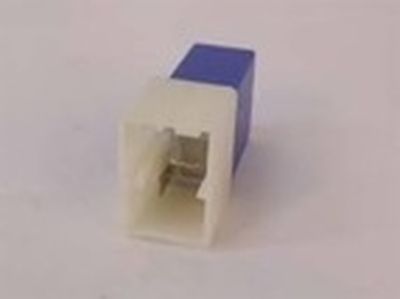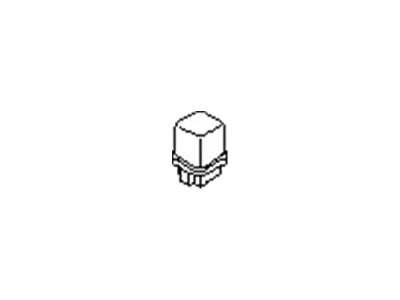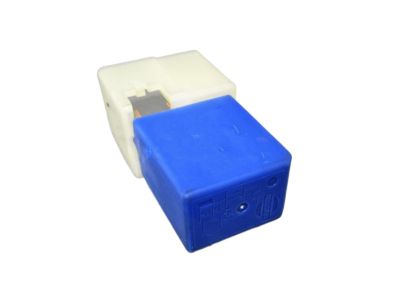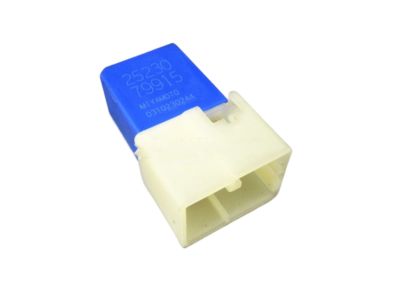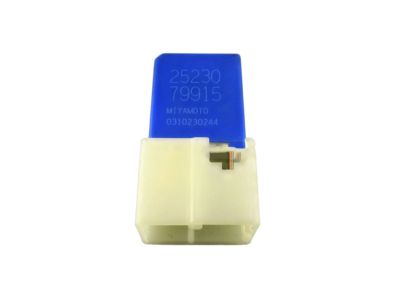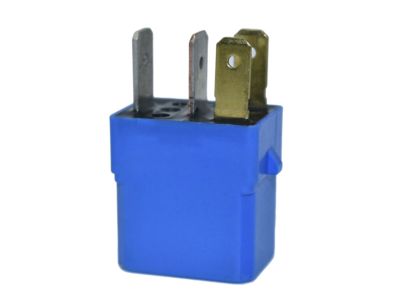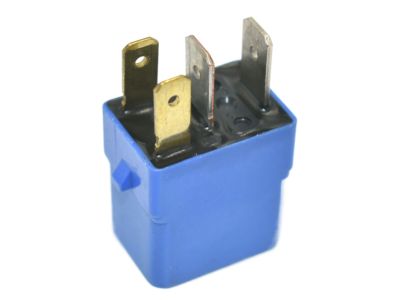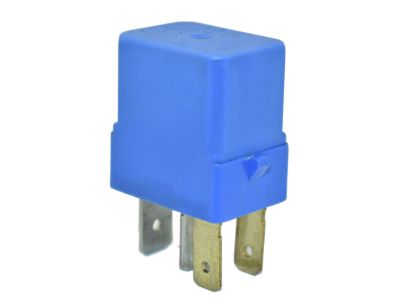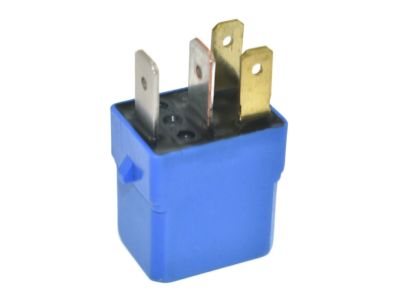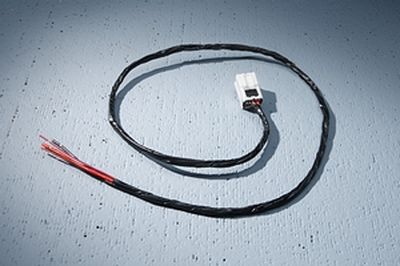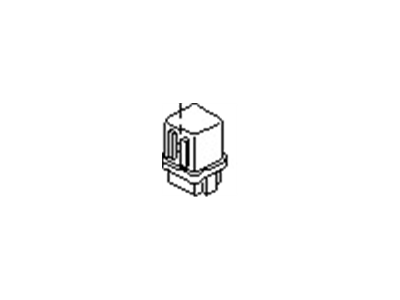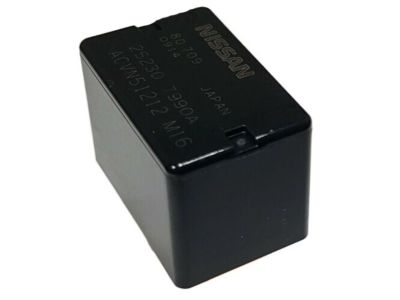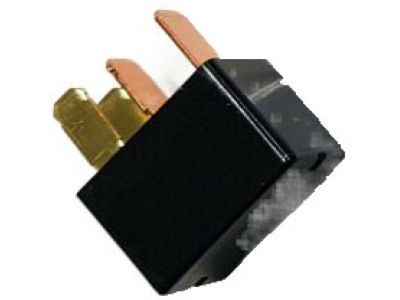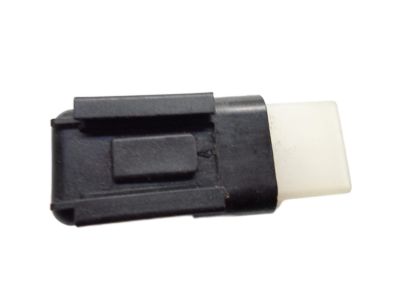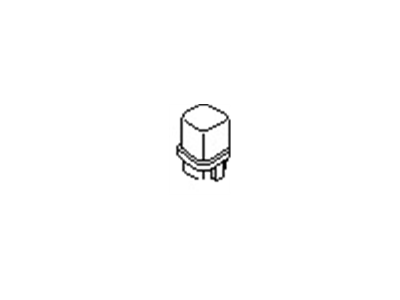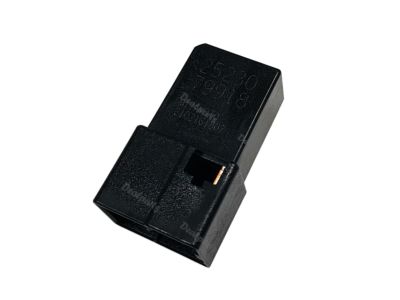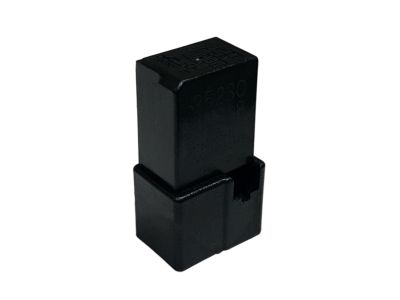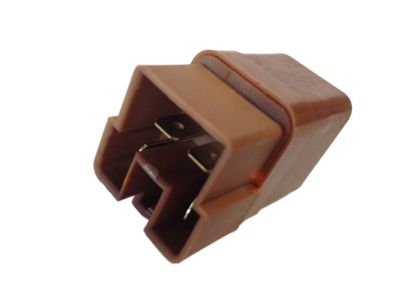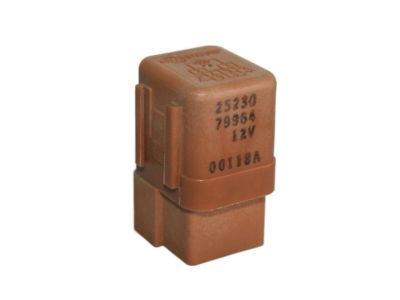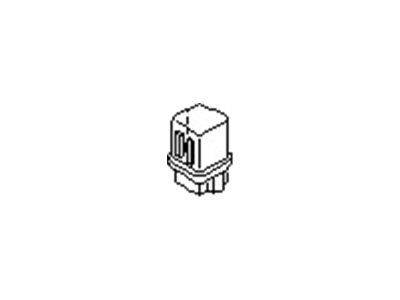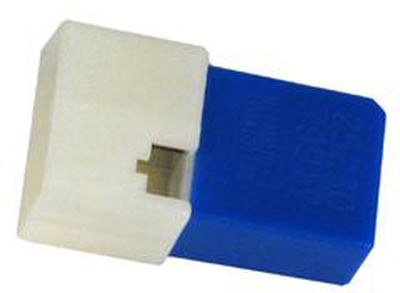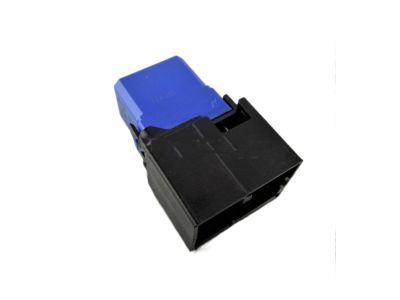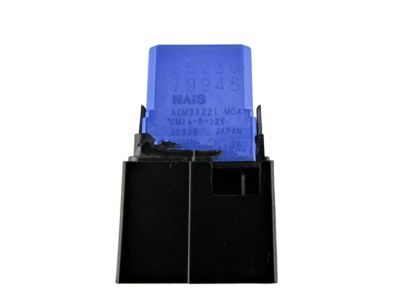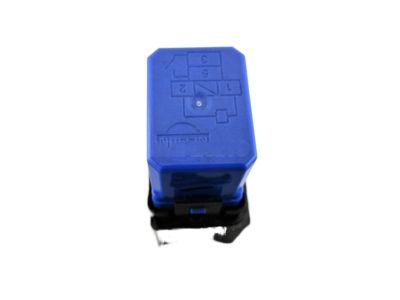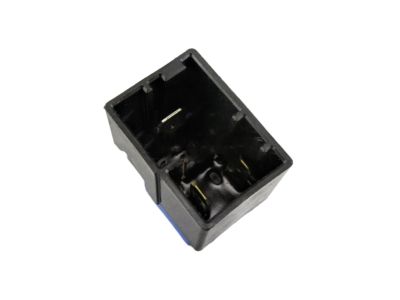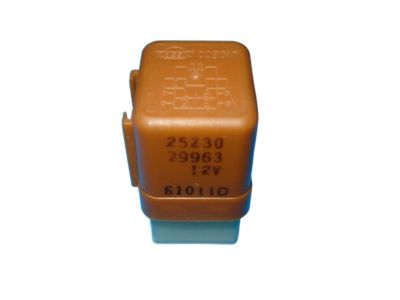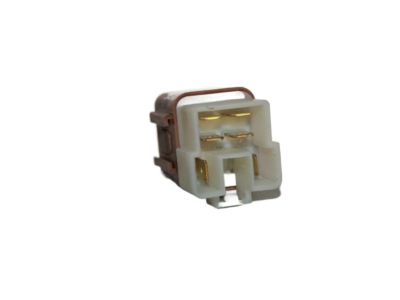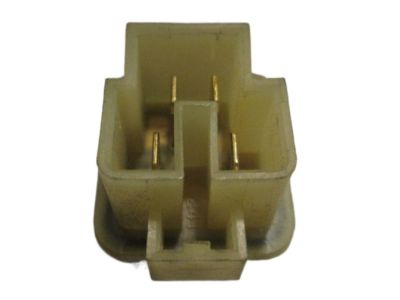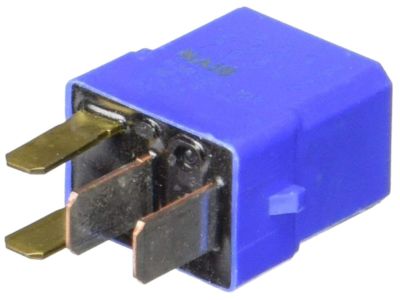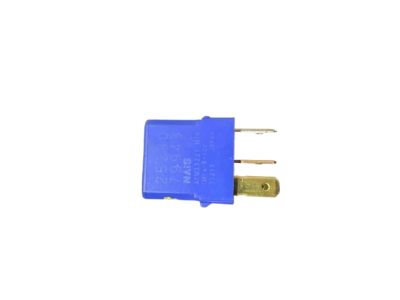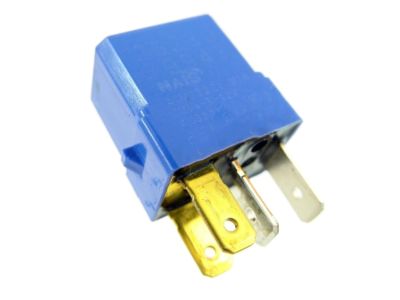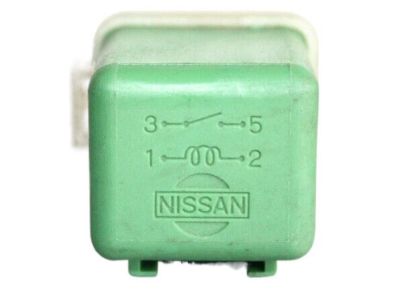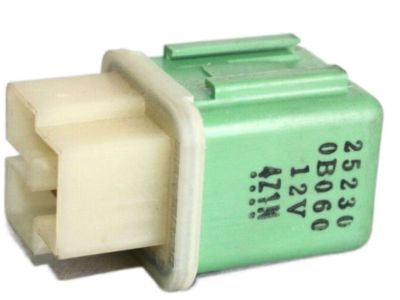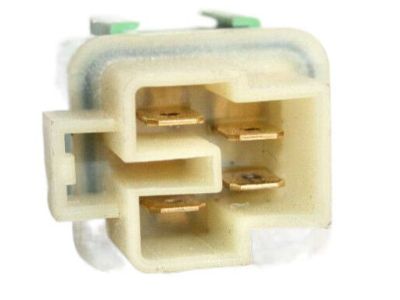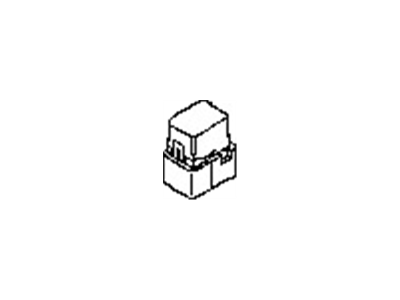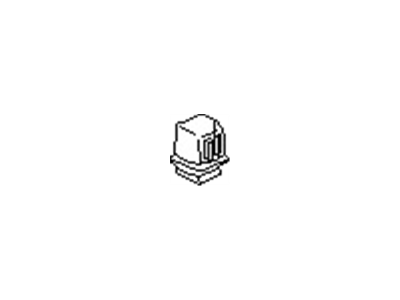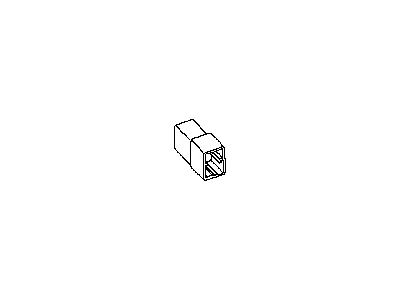×
- Hello
- Login or Register
- Quick Links
- Live Chat
- Track Order
- Parts Availability
- RMA
- Help Center
- Contact Us
- Shop for
- Nissan Parts
- Nissan Accessories

My Garage
My Account
Cart
Genuine Nissan Quest Relay
Wire Relay- Select Vehicle by Model
- Select Vehicle by VIN
Select Vehicle by Model
orMake
Model
Year
Select Vehicle by VIN
For the most accurate results, select vehicle by your VIN (Vehicle Identification Number).
49 Relays found

Nissan Quest Trailer Tow Harness Relay - Required for Trailer Tow Harness 999T8-XZ000
Part Number: 25230-79917$7.76 MSRP: $11.67You Save: $3.91 (34%)Ships in 1-3 Business Days
Nissan Quest Relay
Part Number: 25230-79915$7.76 MSRP: $11.67You Save: $3.91 (34%)Ships in 1-2 Business Days
Nissan Quest Relay
Part Number: 25230-79942$38.47 MSRP: $57.85You Save: $19.38 (34%)Ships in 1-2 Business Days
Nissan Quest Relay
Part Number: 25230-7996A$29.62 MSRP: $44.55You Save: $14.93 (34%)Ships in 1-2 Business Days
Nissan Quest Relay
Part Number: 25230-7990A$26.67 MSRP: $40.11You Save: $13.44 (34%)Ships in 1-3 Business Days
Nissan Quest Relay-Horn
Part Number: 25630-79960$16.73 MSRP: $26.44You Save: $9.71 (37%)Ships in 1-2 Business Days
Nissan Quest Relay
Part Number: 25230-79918$33.78 MSRP: $50.80You Save: $17.02 (34%)Ships in 1-2 Business Days
Nissan Quest Relay
Part Number: 25230-79964$29.62 MSRP: $44.55You Save: $14.93 (34%)Ships in 1-3 Business Days
Nissan Quest Hitch Relay
Part Number: 25230-79944$7.76 MSRP: $11.67You Save: $3.91 (34%)Ships in 1-2 Business Days
Nissan Quest Relay
Part Number: 25230-79945$7.76 MSRP: $11.67You Save: $3.91 (34%)Ships in 1-3 Business Days
Nissan Quest Relay
Part Number: 25230-79963$29.62 MSRP: $44.55You Save: $14.93 (34%)Ships in 1-2 Business Days
Nissan Quest Relay
Part Number: 25230-0B000$28.02 MSRP: $42.15You Save: $14.13 (34%)Ships in 1-3 Business Days
Nissan Quest Relay
Part Number: 25230-79943$38.47 MSRP: $57.85You Save: $19.38 (34%)Ships in 1-2 Business Days
Nissan Quest Harness Assembly-EGI
Part Number: 24011-1JA0A$1231.11 MSRP: $1896.93You Save: $665.82 (36%)Ships in 1-3 Business DaysNissan Quest Harness-EGI
Part Number: 24011-1JR0A$1501.62 MSRP: $2313.75You Save: $812.13 (36%)Ships in 1-3 Business DaysNissan Quest Harness-EGI
Part Number: 24011-3JW0A$1596.34 MSRP: $2398.71You Save: $802.37 (34%)Ships in 1-2 Business DaysNissan Quest Harness-EGI
Part Number: 24011-4AY0A$1811.37 MSRP: $2791.02You Save: $979.65 (36%)Ships in 1-3 Business Days
| Page 1 of 3 |Next >
1-20 of 49 Results
Nissan Quest Relay
If you need any OEM Nissan Quest Relay, feel free to choose them out of our huge selection of genuine Nissan Quest Relay. All our parts are offered at unbeatable prices and are supported by the manufacturer's warranty. In addition, we offer quick shipping to have your parts delivered to your door step in a matter of days.
Nissan Quest Relay Parts Questions & Experts Answers
- Q: What role do relays play in the operation of electrical accessories in Nissan Quest?A:In the fuel injected vehicles, the Horns, starter, and the fog lamps all employ relays for passing electrical signals to the parts of the vehicle. A relay works on a low current control circuit controlling a high current power circuit and in case of a faulty relay, it will affect the performance of the related part. Most of the relays are placed in the engine bay and in interior fuse/relay boxes, while other relays are distributed around the car's body; there is a panel next to the right side of the engine bay. If the relay is thought to be at fault, it can be switched out on alterative and tested either by going through a known procedure or through a service center. To test it, turn the switch on, connect a fused jumper wire from the terminals from the control circuit and the positive terminal of the battery and the other end of the jumper to ground; the correct functioning of the relay can be confirmed by a clicking sound. Standard four-terminal relays can be tested for continuity with an ohmmeter but for five terminal relays with diodes, the battery polarity has to be connected properly for continuity testing. In some circuits such as blower motor circuit, the usage of six-terminal relays is done with one control circuit and two power circuits and continuity must be tested on terminals which are designated for this test. Any relay that does not meet these tests should be replaced.
